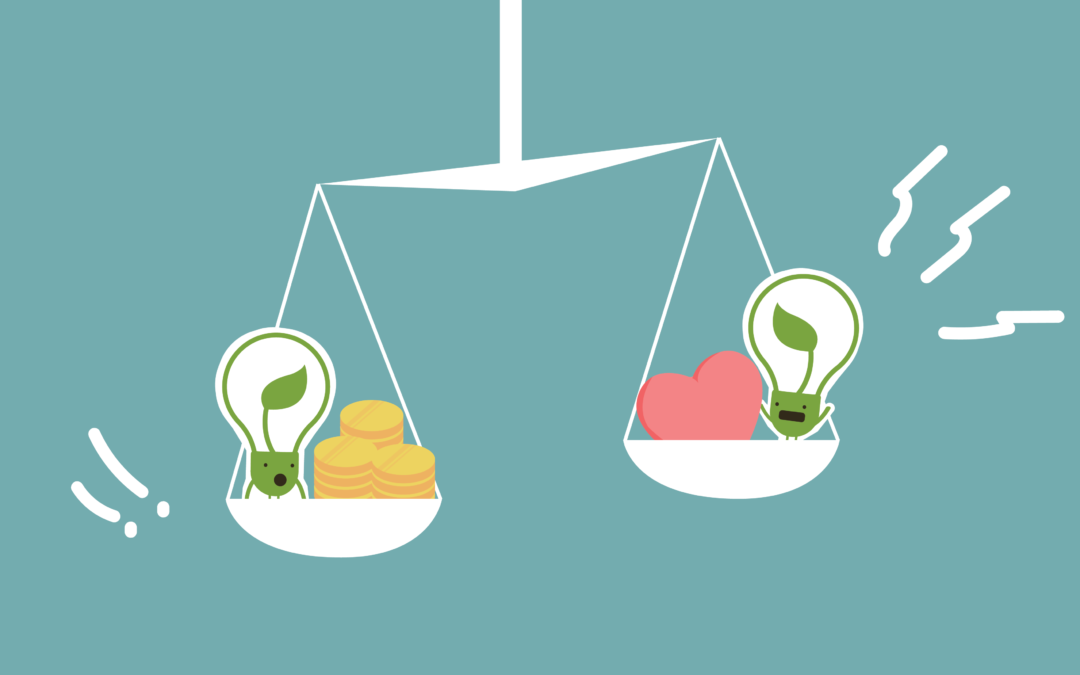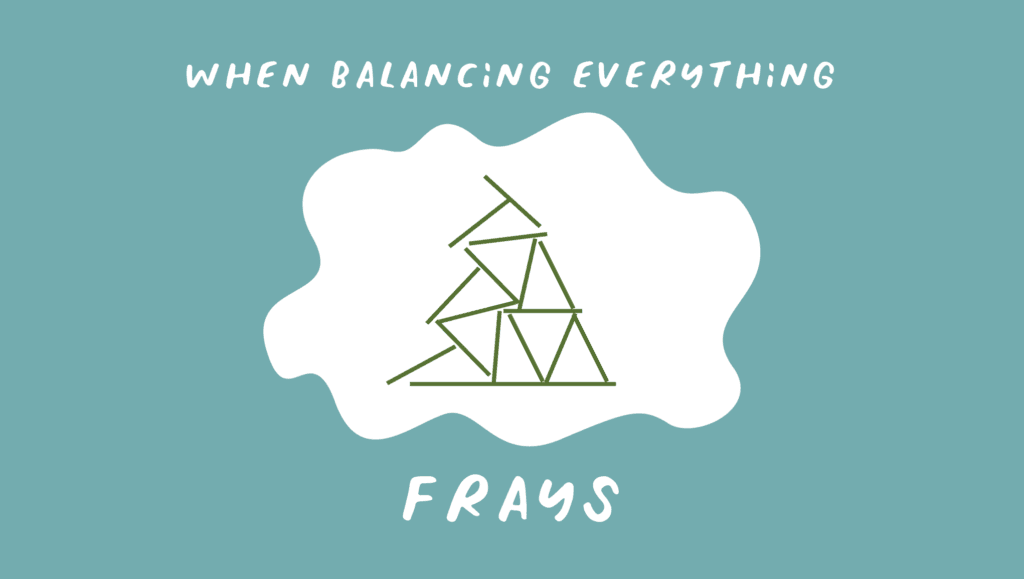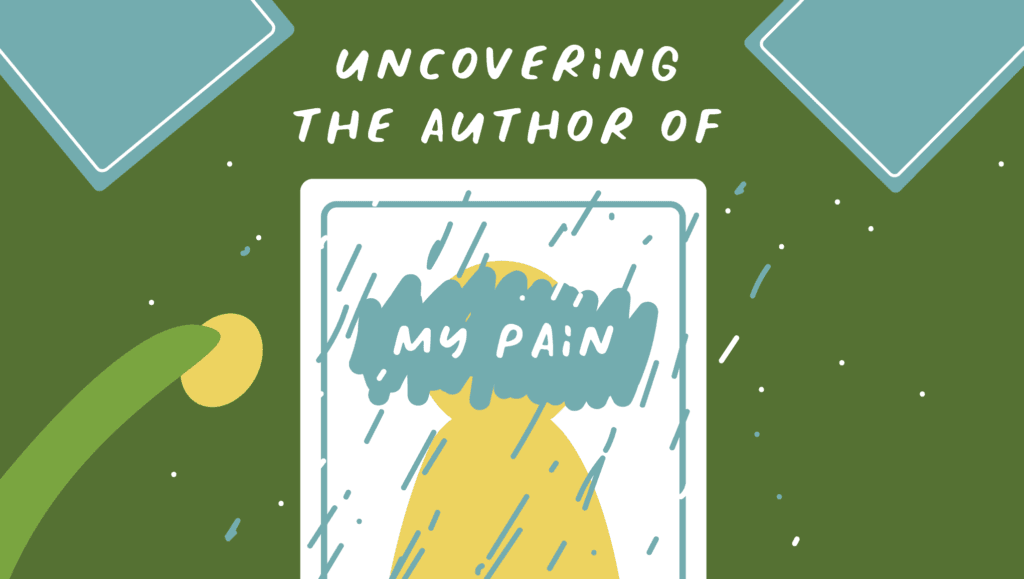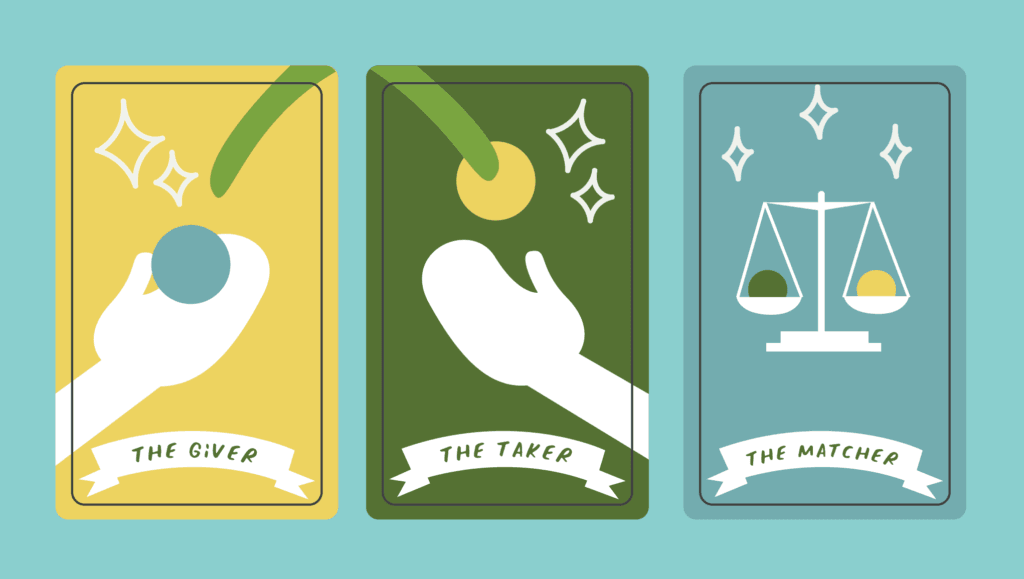
The Porn Predicament: A Candid Look at Sexual Desire Through a Buddhist Lens
TLDR: With porn so prevalent to all of us, what is the Buddhist take on porn. How can we sustain the practice in a digitally saturated world?
Disclaimer: This article discusses the topic of pornography viewing and may be uncomfortable to some. Please proceed at your discretion.
In the modern world’s frenetic chaos, the Buddha’s teachings on letting go of craving and attachment can seem like ancient whispers easily drowned out by society’s loud siren calls for gratification.
Nowhere is this tension more apparent than the omnipresent pornography that has seeped into our collective consciousness, and at an increasingly young age too. In Singapore, 9 out of 10 boys aged 13 to 15 have watched or read sexually explicit materials.
For Buddhists navigating this dizzying digital era, the issue sparks a moral paradox – to indulge these carnal cravings through pornography’s vivid lens, or to abstain.
The Buddhist Perspective on Sensual Pleasure
On the surface, pornography embodies the very attachments Buddhism cautions against. The Buddha was explicit that sensual pleasures are fundamentally unsatisfying.
The Buddha described sensual pleasures as “a chain of bones” (in the Alagaddupama Sutta) – with little satisfaction, much stress, much despair, and ensnaring us in a perpetual cycle of dissatisfactory craving.
Similarly, in the Avassuta Pariyaya Sutta, the Buddha warns that one being “mastered” by sights, sounds, tastes and sensations leads to the growth of defilements like lust, resulting in future rebirth and suffering. Through this view, pornography, with its fictional displays intended to arouse, represents the apex of delusion, conjuring an artificial reality to satiate base desires.
The Pragmatic Approach
And yet, Buddhism teaches us to meet reality’s circumstances with pragmatism and an open mind, not dogmatic rigidity. Sexual desire is innate to the human experience, not something to be rashly suppressed or shamed.
Some argue that pornography may provide a safe, private way for individuals to explore their sexual curiosities and fantasies without risk of sexually transmitted infections or unwanted pregnancies. It is also asserted that it may offer an accessible avenue for releasing pent-up desires that might otherwise lead to misconduct from desperation.
For those with unconventional desires and orientations, it also allows secure examination of their eroticism behind closed doors.
But is this a skillful means for Buddhists interested in living an ethical life and purifying their minds? Do individuals know when it is enough and when they are addicted to it? The lines are more blurred than some would think.
The Nature of Pornography
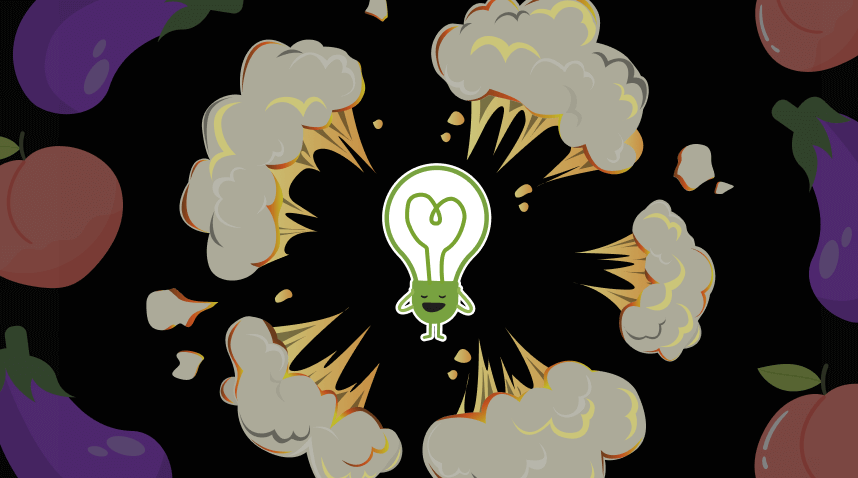
Informing this debate is the very nature of pornography itself. Pornography, by design, perpetuates defilements the Buddha cautioned against.
There are 16 defilements (upakilesa) that cloud the mind. The Thai saying, “Kilesa is the engine of sadness,” aptly captures this notion. Pornographic scenes hijack the brain’s dopamine reward system, and according to Gary Wilson (Tedx Glassgow speaker), the dopamine hit can lead to two things: it signals to the brain that it has reached a dopamine peak, and it activates delta FosB, which triggers binge mechanisms and leads to more craving, creating a cycle.
This can cause brain changes similar to those found in all addicts, leading to a numbed pleasure response where only the addict finds porn exciting and everything else becomes boring.
This addictive feedback loop also means increasingly extreme material (more graphic violence, more risque, more illegal or elusive content) is required to feel aroused. Combined with the accessibility to this content, the viewer’s willpower erodes.
What may begin as a “harmless” pleasure or a stress-release activity can increasingly darken the mind.
Ajahn Achalo shares his perspective on pornography here, that by embracing and familiarizing one’s mind with darkness, the mind gets dark, and further darkens as it feeds on more darkness.
The Ethical Concerns
Research has also shown that 88% of the most popular porn scenes contain acts of sexual physical aggression, and 96% of scenes portray women as enjoying violence (Bridges et al., 2010) – and this belief that women subjected to sexual violence is acceptable can become internalised by impressionable viewers.
The coercive underbelly of the industry, rife with exploitation and trafficking of real human beings, the majority being children, also cannot be ignored.
Stories recounted by former performers frequently include instances where they tried to back out of the scene or even the industry altogether and were threatened with legal action.
Other stories include threats from industry agents for performers to do scenes that were not agreed upon beforehand. As Buddhists, are we perpetuating this abuse merely by partaking as consumers?
Undoubtedly, for monastics who have renounced sensual indulgence, engaging in pornography and sexual acts is a clear violation of vows and precepts.
But for the householder still entrenched in worldly life, how can one relate skillfully to the natural urges of sexual desires?
Raga, or lust, is one of the most powerful desires – a finding well supported by neurobiology. Contrary to the modern belief that unbridled expressions of desire are a form of liberation, the Buddha considers desire as a form of slavery: when you have a desire, if you must and are compelled to follow it, these darken and cloud the mind.
Instead, liberation in the Buddhist sense, points to a mind that is free from the deluding and darkening forces of desire, attachment and ignorance. It thus becomes radiant, free and peaceful. Most importantly, all of us have the potential to be awakened to this nature.
Can Watch Or Not Watch?
Thus, the question of whether one can or cannot watch pornography, should be extended to consider how we can cultivate self-compassion amidst these potent forces of desires that cloud the clear, radiant nature of the mind. Furthermore, how we can we journey towards liberation from suffering with ethics, concentration and wisdom.
We can turn to the Handful of Leaves Podcast with Ven Damcho on the topic of sex for some enlightening insights.
One key takeaway is to be brutally honest with where we are at, not shaming ourselves for having these natural urges or even, secretive impulsive habits of pornography and trying to pretend to be a saintly celibate “Buddhist”, whatever that means.
Accepting where we are at in this journey, and acknowledging that the Buddha’s teachings are a gradual path of relinquishing our cravings is the first step towards happiness.
Whether you watch porn or don’t, there is no Godly being that will condemn you, but really, if you feel empty, unhappy and lost as a result, the purpose of the teachings is for us to work out what is realistic or beneficial to our happiness, and taking committed actions towards that.
And to ask ourselves with our own wisdom, what’s realistic, what’s beneficial, what is useful and caring and kind to others.
Start where you’re at
One of the most effective techniques according to psychiatrist Dr K. for resisting the urge to view pornography is called “urge surfing.”
This paradoxical approach recognises that directly fighting pornography cravings is often counterproductive, as the brain learns to intensify the urges when you resist and fail. Instead, urge surfing involves riding out the craving wave for 15-30 minutes without giving in.
During this timeframe, the brain’s homeostatic tolerance mechanisms will kick in, allowing the intensity of the urge to subside on its own. To facilitate urge surfing, avoid fighting any battles you’re likely to lose against intense cravings. This reinforces a sense of powerlessness.
Instead, try to strategically “pick your battles” by scheduling specific windows when pornography viewing is allowed.
This makes it easier to surf through cravings that arise outside of those designated times. With practice, you can strengthen your ability to mindfully experience urges without unconsciously acting on them or creating an irresistible struggle.
From objectification to connection
Cultivating healthy intimate relationships grounded in genuine care, respect and compassionate communication allows sexuality to naturally blossom as an expression of profound human connection – rather than objectification or personal gratification.
Lama Thubten Yeshe has an inspiring quote that always makes me pause, he said, “Often when we say, I love you to someone, what we really mean is I want to use you.”
A key practice to developing real connections with others is to regularly reflect with wisdom and honesty: Am I being wise and kind to myself and others?
Do I want to perpetuate sex as a commodity, viewing others as mere objects, as pieces of flesh to be consumed for fleeting pleasure, like food to satiate a craving?
Is this how I wish to relate to those I care for and to myself? By staying committed to wisdom and kindness, we can be open to intimacy and sex as an acceptance of the wholeness of another, rather than just pursuing personal gratification that inevitably breeds emptiness.
Why are you dissatisfied with your current life?

Similar to people who have an addiction to alcohol and drugs, porn is often used as an unhealthy coping mechanism, especially to get away from their thoughts of loneliness.
It is thus critical to address the root causes driving the behaviour of porn consumption, by building up alternative emotional regulation techniques.
This could include mindfulness practices, exercising, gratitude journaling, seeking counselling, or visiting the Handful of Leaves Directory that promotes wholesome communities providing a sense of purpose and fulfilment.
Establishment of mindfulness
In the podcast, Ven Damcho also suggests referencing the Buddha’s Satipaṭṭhāna Sutta on the establishment of mindfulness. First of all, we learn to identify our own states of mindminds of suffering, such as loneliness, emptiness or even attachment.
Frankly, that’s not easy. When we’re in suffering, we are not identifying it. We are reacting.
When we’re stuck in attachment, our immediate thought is often “I want more. How do I have more of this pleasure?” However, this stance fails to recognize the attachment itself.
By learning to identify the physical manifestations of our thoughts and emotions through meditation, we can cultivate a deeper understanding of their origins and implications.
Adopting this introspective stance allows us to discern the consequences of our thoughts and emotions, guiding us towards wiser choices. Crucially, this process involves refraining from harsh self-criticism, as condemning ourselves for perceived shortcomings only perpetuates negative patterns.
Judging ourselves as “bad and lustful” or “bad and angry” is not the antidote to attachment or anger; it only breeds more negativity.
Contemplating impermanence
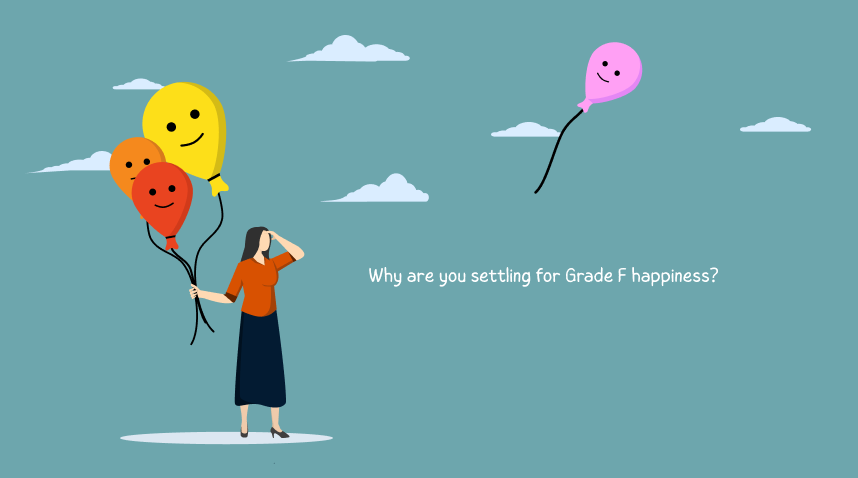
The antidote to any kind of attachment is often contemplating impermanence – reflecting on whether the desired object can bring everlasting pleasure or happiness, and considering if engaging with it harms ourselves and others.
Slowing down and taking a long-term perspective can calm attachment. Instead of judging ourselves, we must cultivate wisdom by examining the causes, conditions, and effects our attachments produce.
If we can clearly see that something is not bringing genuine happiness, we won’t settle for it. Venerable Thubten Chodron often says, “Why are you settling for Grade F happiness?” Our minds may protest, “It’s the only thing I know,” but there are sources of happiness outside of our attachments, like having an honest conversation with someone we care about.
The key is moving forward in a way that brings more pleasure than lies or attachments ever could. In summary, choose wisely.
Wise Steps:
- Evaluate the facts around pornography, and reflect if it is something that you want to further imprint your mind with. Every action and perception, whether wholesome or unwholesome, that we actively consume leaves an imprint on our mind, and the more we do it, the deeper those grooves will get. So, what are we choosing to stain our minds with?
- If you wish to change, take a gradual and multi-pronged approach addressing root causes, and always with kindness and compassion to oneself. Good luck!

